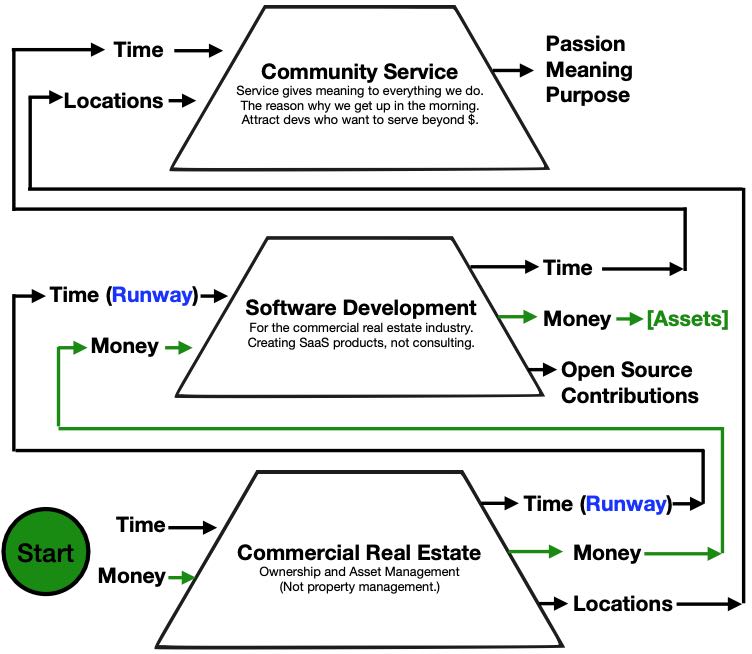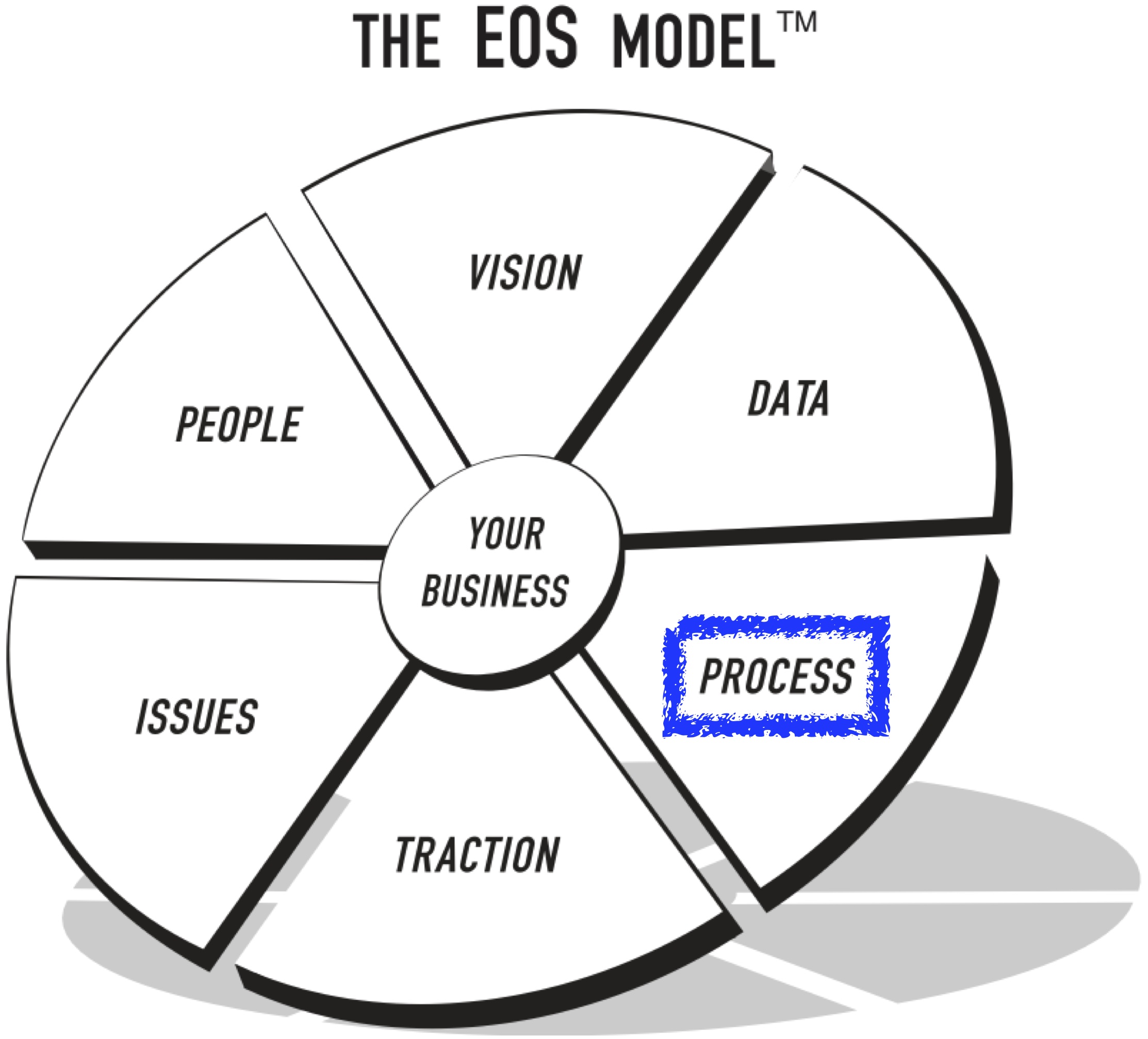Process + EOS: The ROIClear Way
15 Feb 2022Consistency is one of the most effective tools we can use to keep customers coming back for more. When first-time customers become repeat customers, revenue explodes (in a positive way). Customers trust brands like Starbucks, Apple, and Google because expectations and delivery are consistently aligned.
How does a company achieve consistency? Through processes.
The Process Component
This article is part of a series on Traction and the Entrepreneurial Operating System (EOS). EOS is a set of tools that enables a business leader to grow a company while maintaining sanity. Today’s EOS component: Process.
Shout Out to E-Myth by Michael Gerber
The author of Traction offers tribute to Michael Gerber, author of business classics The E-Myth and The E-Myth Revisited. Gerber’s point in his books (and speeches and interviews) is that the entrepreneur must create systems if they ever want to have a life outside of their business. We must view the business as a “pre-production prototype of a mass-producible product.” When we systemize the business, we can step outside of it, fine-tune it, and scale it.
Business owners who complain about lack of control and lack of freedom need to work on systemizing their businesses.
How to Systemize
Systemizing consists of two key steps:
- Document core processes.
- Ensure that the processes are followed by everyone in the organization.
Systemizing Example: ROIClear
For our systemizing example, we will use a company that I happen to know well: ROIClear. ROIClear manifests my vision for serving clients and customers by leveraging my careers in commercial real estate, software development, and community service. The three layers support each other as shown in the diagram below.

This is how we define the layers at ROIClear:
- Commercial Real Estate. At our foundation, we’re a commercial real estate firm. We buy multifamily apartment properties and we improve them so people can have a great place to live. We also serve outside investors by giving their capital a place to grow at minimal risk.
- Software Development. The best software companies have a deep understanding of user needs. When the development company is also a user, understanding is amplified. As a commercial real estate firm, we are in a great position to observe the parts of our industry that need a boost from great software. Even better, the CRE foundation gives us time to fine-tune our finished software products (see Runway, below).
- Community Service. Money for the sake of money is meaningless. For decades, our leadership team has served the tech and business communities by leading groups and conferences. Currently, the ROIClear Podcast and the Arizona Multifamily Mastermind Group (AZMM.org) are our main community service vehicles.
We’ve structured the CRE layer of ROIClear to produce a long Runway for all company ventures. With a longer runway, the software team has time to learn the market, experiment with products, learn from mistakes, and produce great results for customers.
Beyond the Big-Picture Vision
A single chart with boxes and lines is only the beginning. The leadership team must document the company’s core processes. These can vary between companies, but the list of core processes is likely to include the following:
- HR. How your company finds, hires, orients, manages, reviews, promotes, retains, and fires people.
- Marketing. Identifying your target audience and getting them interested in your product.
- Sales. Converting prospects into customers.
- Operations. Your way of making the product or providing the service to the customer.
- Accounting. Tracking the money.
- Customer Retention. Determining what keeps customers coming back for more. And giving it to them.
Document the 20%, Get 80%
The author makes an insightful point about documentation: Don’t document everything. If we try to document 100% of the company’s processes, we risk falling into analysis paralysis, and that’s just a death spiral. The world will change (perhaps drastically) before we have time to achieve 100% documentation. Therefore, we stick with the Pareto Principle. Create the 20% of documentation that yields 80% of results.
How much is 20%? Hard to say. That answer will vary from company to company. This is where business artistry plays a role.
EOS Recap
If you are considering EOS for your business, you might enjoy the other articles in the series:




